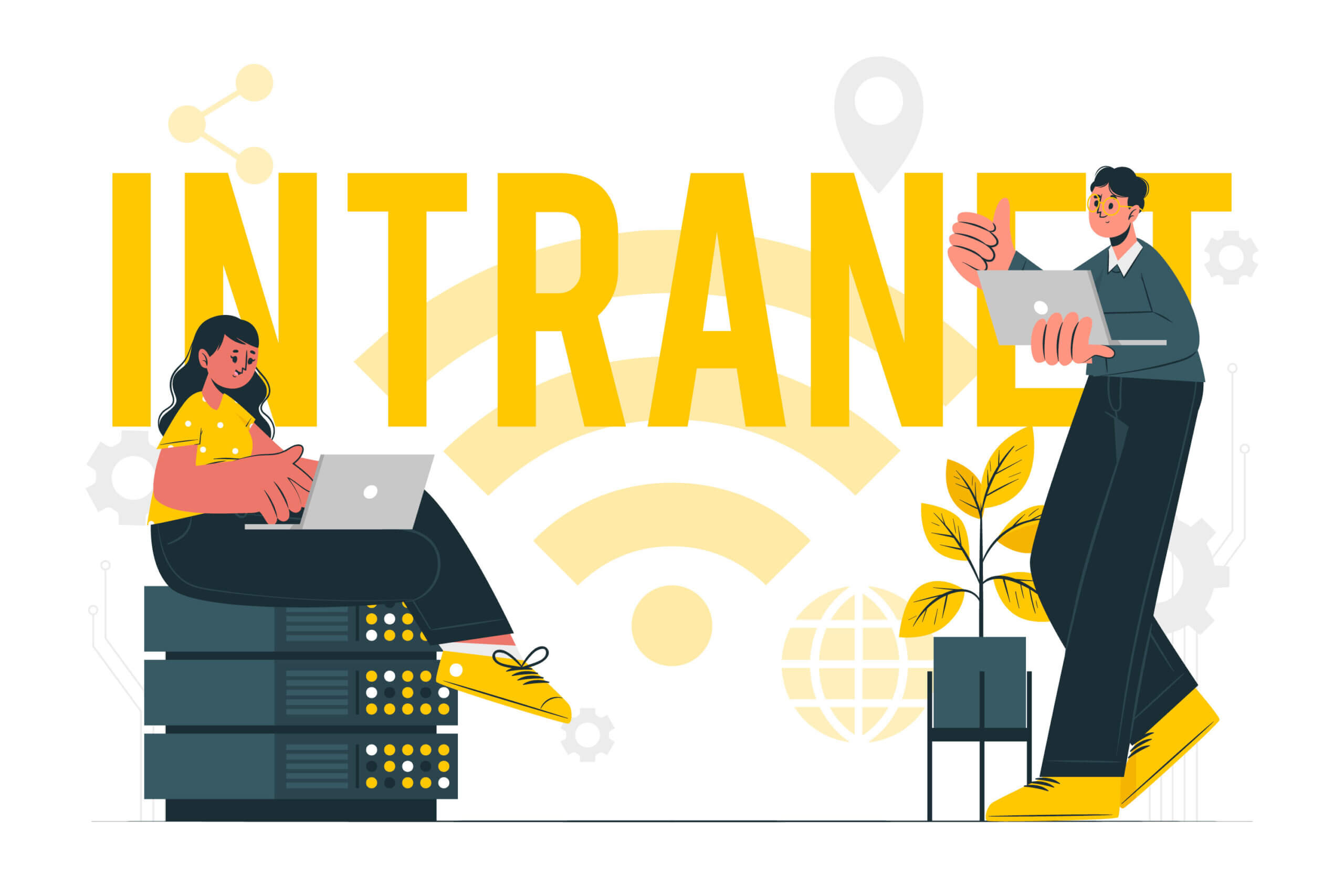Storytelling for Personal and Professional Development
Sections of This Topic Include
Also consider
Related Library Topics
Learn More in the Library’s Blogs Related to Storytelling
In addition to the articles on this current page, see the following blogs which have posts related to Storytelling. Scan down the blog’s page to see various posts. Also see the section “Recent Blog Posts” in the sidebar of the blog or click on “next” near the bottom of a post in the blog.
Unleashing the Power of Your Story (Part I)
Copyright Steve Ober, PhD
“When we know the facts about people, we know what they are. When we know their stories, we know who they are.” John Quincy Adams
Leadership, Systems, and Stories
One of the most powerful ways to understand your leadership, and the reasons you behave and lead as you do, is to understand your systemic story.
Out of my work over the past 25 years with individual executives, executive teams, and large organizational change projects–and from my work with David Kantor, one of the leading family systems therapists and systems consultants in the U.S.–I have developed a powerful leadership coaching process, Creating your Leadership Story. Story work helps leaders make major improvements in their performance in short periods of time. Clients report that, in 2-3 hours of coaching, they create significant positive changes that stay with them over the long haul.
Leaders who choose to do story work learn to see Events–how they respond to particularly difficult leadership challenges. They come to recognize their Patterns of behavior and implicit assumptions, both those that have helped them create desired results and those that have gotten in their way. And, they discover Structure–how Patterns are rooted in their systemic story, the story that reflects how they initially learned to operate in systems.
Many clients describe seeing the connection between their present day leadership and their deep story as transformational. They make a fundamental shift in how they view themselves in the world and as leaders. But the work does not stop there. They then create a new story that is aligned with the results they want to create and the kind of leader they want to be; they identify new behaviors and assumptions; and they practice their new approaches to produce quantum leaps in their leadership effectiveness.
This post is the first of a series in which I will discuss what I mean by “story”, why your deep story is central to how you lead, why seeing your deep story is a powerful way to make desired changes in your leadership, and how you can go about doing that. Also, I will review the broader context for our stories—the theory underlying story work; stories in the context of our life cycle; and our individual and cultural myths, where these mythic stories come from, why we tell them, and what we can learn about ourselves and our world by paying more attention to them.
Questions to Ponder
Have you ever been in the middle of a leadership situation and felt, “I’ve been here before”? The content of the situation may be new, but you still have an underlying “deja vu all over again” experience.
Have you ever experienced a tough, high-pressure situation that was important for you to deal with effectively, but you felt stuck? You may have experienced yourself trying the same things over and over again, each time trying a little harder, and each time feeling more stuck. As in the proverbial tar baby story, the harder you pushed, the more you got entangled.
Conversely, you have probably experienced leadership situations that came out wonderfully despite huge challenges; you were successful and felt great, you performed to the max, and your energy flowed naturally and organically. You may or may not have known why things went so well, but you knew that they did, and you knew you felt great.
Most often, these kinds of instances reflect your deep systemic story.
What is a Systemic Story?
Your systemic story is the story you have told yourself about your experience in systems, particularly the first system of which you were a part. It reflects how you learned to survive and operate in systems; for example, your deep story reflects how you learned to:
- Relate to key players in your life
- Be successful
- Get noticed, or avoid getting noticed
- Take risks, and protect yourself
- Respond to authority, and exert your own authority
- Give and receive love
At its core, your deep story is the internal narrative you have created about your experience of the human condition. As such, it is central to who you are as a human being and as a leader.
What you can do—a first step
If you want to learn to see your story and how it influences your present day leadership behavior, to learn how to keep the parts of your story that serve you well and change the parts that do not, start observing yourself. As a first step, “stand on your own shoulder”, or “on the balcony” and watch yourself doing what you do. Pay particular attention to how you handle the toughest leadership challenges. Notice your thoughts, your feelings, and your behavior. In our next post, you will start to learn what to do with the things you have observed. Eventually, you will learn how to unleash the power of your story and make your life as a leader more consistent with who you truly want to be and what you deeply yearn to accomplish.
Also consider
Additional Perspectives on Storytelling
For the Category of Interpersonal Skills:
To round out your knowledge of this Library topic, you may want to review some related topics, available from the link below. Each of the related topics includes free, online resources.
Also, scan the Recommended Books listed below. They have been selected for their relevance and highly practical nature.










